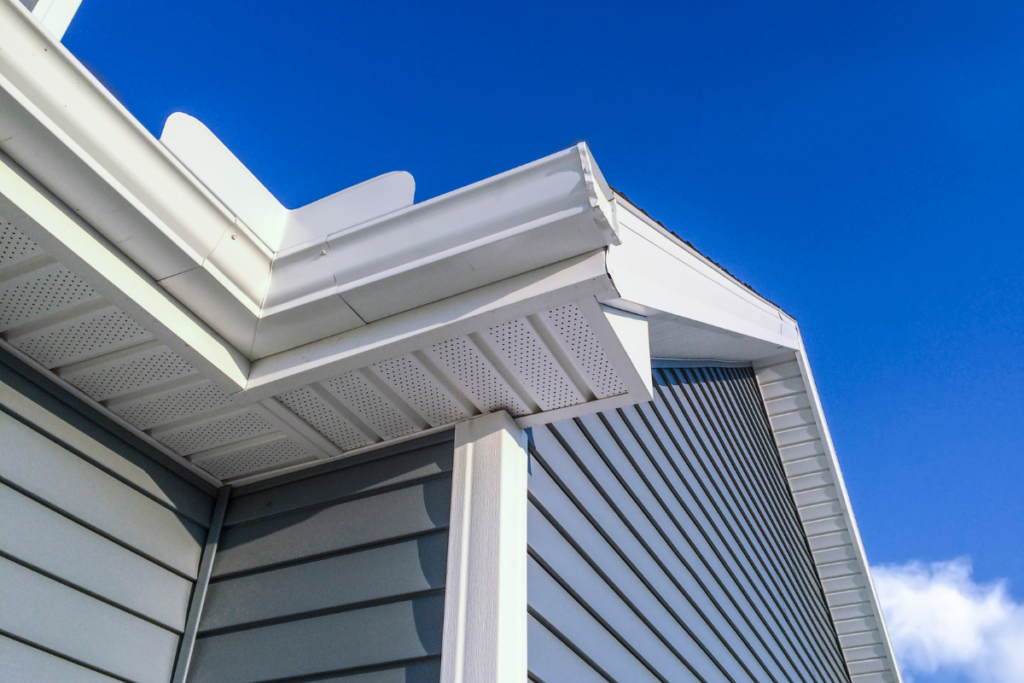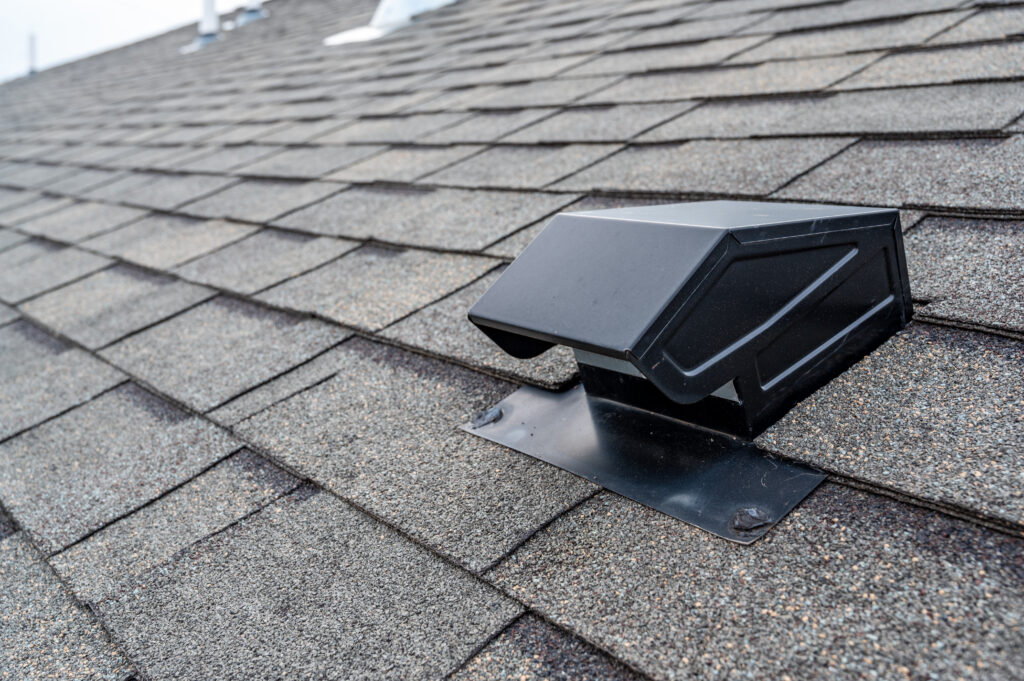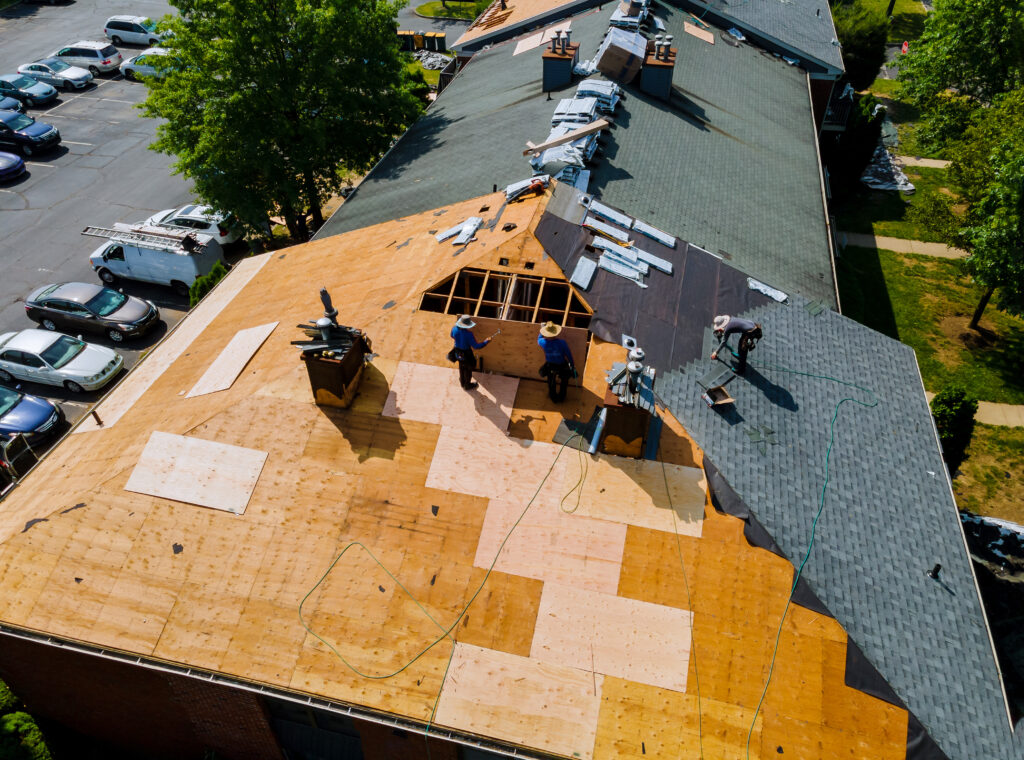Replacing your roof is a significant investment in the safety and value of your home. While it’s essential to replace a damaged or aging roof as soon as possible, the time of year you choose can make a big difference in the efficiency of the installation process and the durability of the materials. Different seasons come with their own set of challenges and benefits, so understanding the best time to replace your roof can save you time, money, and potential headaches. In this blog, we’ll explore the best time of year to replace your roof and the seasonal considerations to keep in mind.
1. Spring: A Balanced Option
Spring is often an ideal time for roof replacement, especially in areas with milder weather conditions. The temperatures in spring are generally moderate, making it easier for roofing materials to set properly, particularly asphalt shingles. Spring also comes with longer daylight hours, allowing roofing contractors to work efficiently.
Benefits of Replacing Your Roof in Spring:
- Mild weather: Temperatures are typically not too hot or too cold, which allows roofing materials to be installed without issues like cracking (from the cold) or softening (from extreme heat).
- Off-peak season: Spring tends to be less busy than summer, meaning contractors may have more availability, and you could potentially get a better price on labor or materials.
- Prepare for summer storms: Getting your roof replaced before the heavy rains and storms of summer can help protect your home from potential leaks and water damage.
Considerations:
- Unpredictable rain: In some regions, spring can be rainy, which may delay the installation process or cause moisture issues if proper precautions aren’t taken.
- Scheduling early: Because spring is becoming a more popular time for roof replacement, it’s a good idea to book early to ensure your contractor’s availability.
2. Summer: Warm but Sometimes Challenging
Summer is the busiest time of year for roofing contractors, as the weather is generally consistent, and many homeowners schedule home improvement projects during this time. Early summer, in particular, can be a great time for roof replacement, as the weather is warm but not excessively hot.
Benefits of Replacing Your Roof in Summer:
- Reliable weather: The warm, dry weather in summer helps roofing materials, such as asphalt shingles, adhere and seal correctly.
- Longer daylight hours: Contractors have more time to complete work in a single day, which can speed up the installation process.
Considerations:
- High temperatures: Late summer, especially in hot climates, can bring extreme heat. High temperatures can cause asphalt shingles to soften, making them difficult to work with. It can also make working conditions more challenging for roofing crews, potentially increasing labor costs or extending the time it takes to complete the job.
- Busy season: Summer is peak season for roofing contractors, so scheduling may be more competitive, and prices for materials and labor may be higher.
3. Fall: The Ideal Time for Roof Replacement
Many roofing professionals agree that fall is the best time of year to replace a roof. The cooler temperatures and consistent weather conditions make it the perfect season for installing roofing materials and ensuring they set properly. Fall is also an excellent time to prepare your home for the winter months.
Benefits of Replacing Your Roof in Fall:
- Ideal temperatures: Fall temperatures are moderate, providing the perfect environment for materials like asphalt shingles to seal correctly. The risk of cracking (from cold) or overheating (from heat) is minimized.
- Perfect for prep before winter: Installing a new roof in the fall ensures your home is well-protected against winter weather, including snow, ice, and freezing temperatures.
- Energy efficiency: A new roof in fall can help improve your home’s insulation, keeping heat in during the winter and reducing your energy bills.
Considerations:
- High demand: Like summer, fall is a popular time for roof replacement, so contractors may have limited availability. It’s essential to schedule your roof replacement well in advance to ensure your spot on their calendar.
4. Winter: Proceed with Caution
While roof replacement is still possible in winter, it’s often considered the least favorable time due to the cold temperatures and unpredictable weather conditions. In regions that experience snow, ice, or freezing temperatures, winter roof installations can be more challenging.
Benefits of Replacing Your Roof in Winter:
- Lower demand: Since fewer homeowners choose to replace their roof in the winter, contractors often have more availability. You may also find discounts or reduced labor costs.
- Immediate need: If your roof is severely damaged and cannot wait until spring or summer, winter may be the only option to protect your home from leaks and further damage.
Considerations:
- Cold temperatures: Cold weather can cause asphalt shingles to become brittle, making them more likely to crack during installation. Roofing adhesives may also take longer to seal in cold weather.
- Weather delays: Snow and ice can delay roof replacement projects, extending the time it takes to complete the job. It’s also more challenging to install roofing materials safely during these conditions.
- Emergency repairs only: Roof replacements in winter are typically only done when there’s an emergency, such as severe roof damage that cannot wait until the warmer months.
Factors to Consider When Choosing the Best Time for Roof Replacement
While seasonality is important, other factors can influence the best time to replace your roof. Here are some additional considerations to keep in mind:
- Roof condition: If your roof is leaking or showing signs of severe damage, it may not be safe to wait for the “ideal” season. Addressing urgent issues immediately can prevent further damage to your home.
- Contractor availability: The availability of your roofing contractor can vary depending on the time of year. Book well in advance to ensure your project is completed on your timeline.
- Weather patterns in your region: Consider your local climate and weather patterns when choosing the best time for roof replacement. Some regions may experience heavy rains in spring, while others may have mild winters that allow for year-round roofing work.
Conclusion
While the best time of year to replace your roof depends on your specific circumstances and climate, fall and spring are generally considered the most favorable seasons for roof replacement. These seasons offer the right balance of temperature and weather conditions to ensure your roof is installed properly and will last for years to come.
If you’re considering a roof replacement, now is the perfect time to start planning. Contact TriState Exteriors today to schedule a consultation and discuss the best time to replace your roof. Our expert team will help you find the right solution for your home’s needs. Get in touch with us today!




